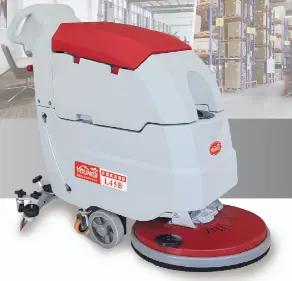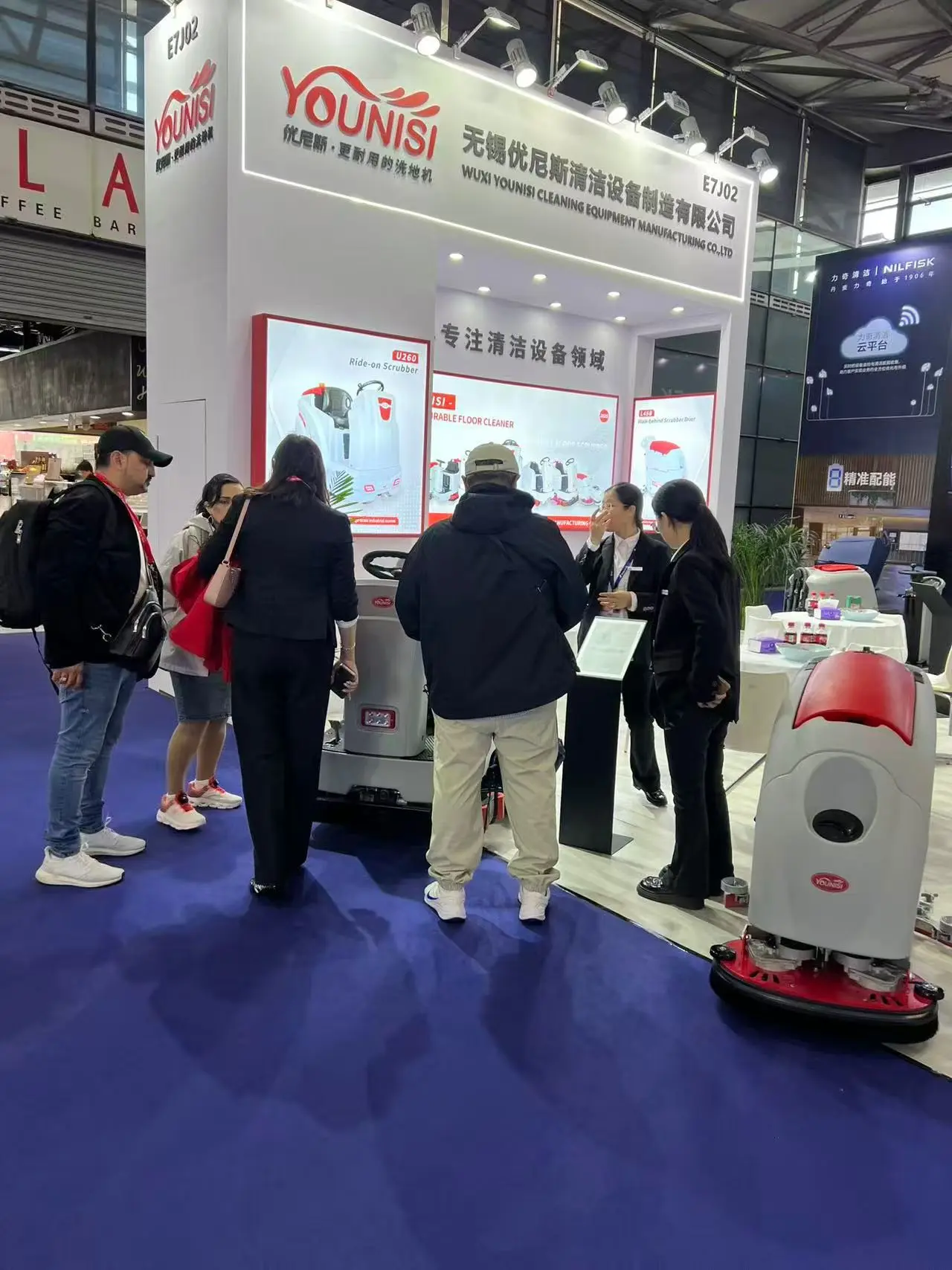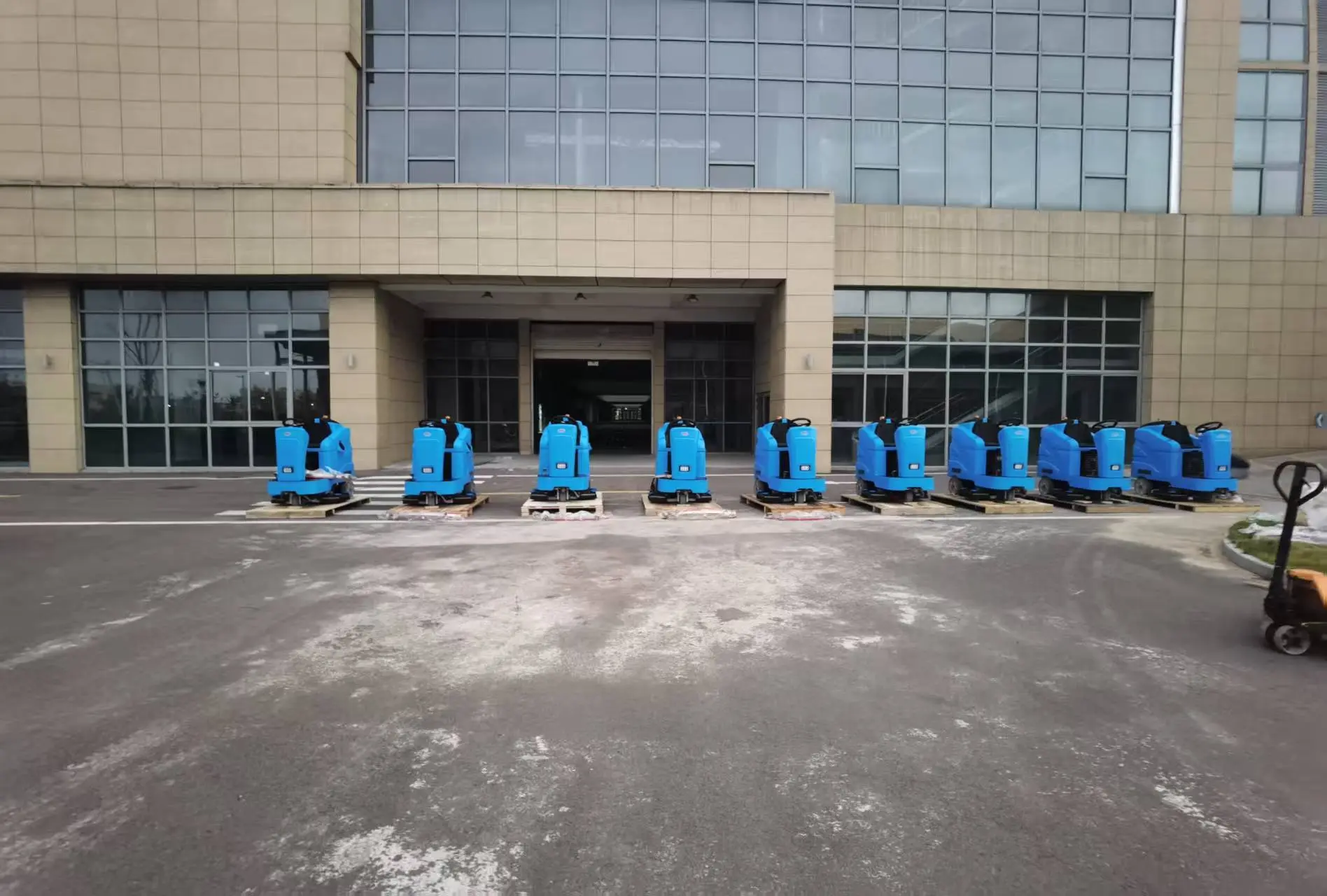From Sales Novice to Floor Scrubber Elite: My Growth Path and Core Philosophy
Becoming a qualified Floor Scrubber salesperson is far more than just being a smooth talker. It requires a complete cycle: deeply understanding the product, accurately discovering opportunities, effectively executing marketing, and diligently conducting follow-ups. Among these, I have always believed the most core, critical lifeline is "discovering opportunities." Because no matter how much preliminary effort you make, the ultimate goal is to place your product in the hands of the most suitable customers.
So, how do you develop the "keen eye" for spotting opportunities? My method is to start from the product itself and work backwards.
Step 1: Deeply Analyze Product Advantages, Define the Value Core
What are the irreplaceable advantages of my floor scrubber? I summarize them into three points:
-
Replaces Manual Labor, Reduces Labor Costs: One machine can replace multiple cleaners, saving money for businesses in the long run.
-
Powerful Functionality: Not only cleans floors but also efficiently removes grease: This goes beyond traditional cleaning, solving pain points for specific industries.
-
Significantly Improves Work Efficiency: Fast cleaning speed and excellent results, suitable for venues where timeliness is crucial.
Step 2: Transform Advantages into Concrete Opportunity Scenarios
Advantages are abstract, but opportunities are concrete. I took these three major advantages and matched them to the real world:
-
Targeting "Reduced Labor Costs": I aimed at labor-intensive industries like municipal sanitation, large property management companies, and professional cleaning service providers.
-
Targeting "Grease Removal": My targets immediately became clear—machining workshops, auto repair shops, food processing plants, restaurant kitchens—places where stubborn grease is a constant headache and a rigid need.
-
Targeting "Improved Efficiency": I focused on those vast areas with high foot or vehicle traffic, high-traffic venues such as train stations, bus stations, large underground parking garages, warehousing and logistics centers, and airports.
The map, so to speak, unfolded before my eyes.
Step 3: Saturation Outreach, Converting Opportunities into Orders
With the theory clear, action was key. In my first year of sales, I used the most "basic" yet most effective method: searching for keywords like "property management" and "cleaning" on the map, and then visiting them door-to-door for cold calls. Being turned away was a common occurrence, but I firmly believed if once doesn't work, try twice; if twice doesn't work, try three times. My goal wasn't just to sell a product, but to make my brand and face a familiar presence in the industry.
In the initial stages, I didn't obsess over profit per sale. While maintaining a basic profit margin, I prioritized securing the deal and building a market foundation. Let the customers use it first, experience the value my product brings; word-of-mouth and repeat purchases will follow naturally.
However, what truly allowed my performance to take off was my digging for "potential opportunities"—keeping a close watch on newly built factories. I made a conscious effort to mark new industrial factories under construction in the city, regularly observing their progress. My strategy was: offering a floor scrubber rental service.
This was a masterstroke that killed three birds with one stone:
-
Precise Timing: Any new factory requires a thorough floor cleaning after construction and fit-out is complete—a floor scrubber is an absolute necessity.
-
Lowers the Barrier to Cooperation: For new customers, the decision-making process for a direct purchase is long and the barrier is high. The rental model, with its lower cost and flexibility, significantly reduces the customer's decision-making pressure, allowing me to easily start the first conversation.
-
Creates a Sales Opportunity: During the rental service, I clearly inform the customer: "If you decide to purchase this unit during the rental period, the previous rental fees can be directly deducted from the purchase price." This undoubtedly adds significant weight towards closing the final deal, greatly improving the conversion rate.
Looking back on the path taken, from aimless door-knocking to precise targeted searches, and further to proactively cultivating future clients, my growth journey is essentially a path of deepening understanding of "opportunity." Selling floor scrubbers isn't just about selling a machine; it's about selling a cost-reducing solution, a possibility for enhanced efficiency, an answer to a stubborn pain point.
I'm Neil, and my story continues. I hope my sharing brings you inspiration. I look forward to seeing your presence among the halls of sales elites. Remember, opportunities are everywhere; the key lies in whether you can use the "value lens" of your product to bring them into clear focus from the complex world.



